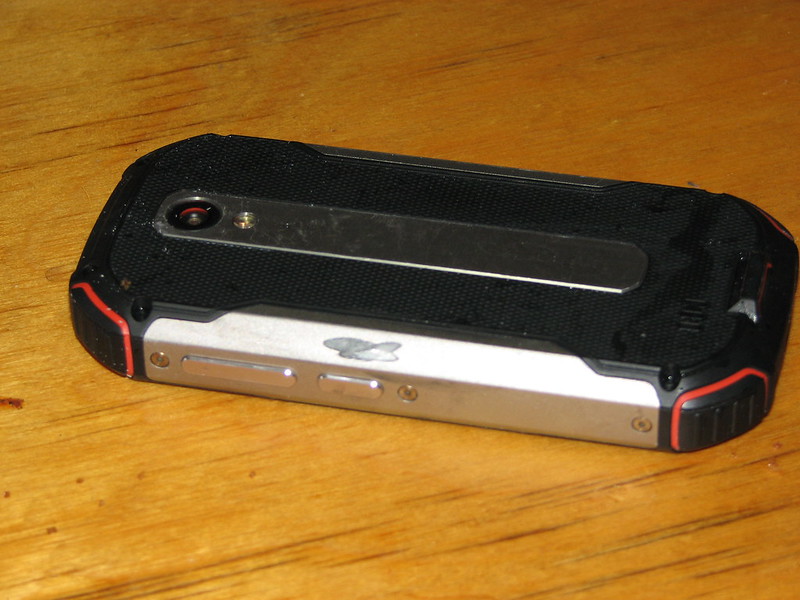 |
| The Coles error screen. |
It has taken me 18 months to get around to sign up for online grocery shopping. This is to avoid the Russian Roulette of stepping into a store. It is not so much fear of catching COVID-19 (I am fully vaccinated), as the inconvenience, if I have to isolate and be tested. I have been purchasing complex electronic devices online for a decade, but it has proved surprisingly difficult to buy basic groceries online.
Who?
My first thought was
IGA, the small local supermarket, only 30 m from my door. Unfortunately, while it is part of a national chain, they don't offer online shopping. I did sign up for the IGA catalog, but they sent me so much spam I cancelled it. Unfortunately Aldi doesn't offer this service either (apart for buying
Aldi gadgets). I am surprised no one has offered a third party delivery service, offering to buy items in Aldi then charging a premium but still "less than Coles & Woolworths" for similar items.
When?
The next option was
Coles, as recommended by a friend. It was reasonably easy to sign up and select items to purchase. I liked the option to list goods by unit price (so you get the cheapest apples per Kg first). However, when I went to select a delivery time I was shocked to find the first was not
for a week and had to
bid for a slot.
The popular times cost more, and like booking airlines seats. This created the anxiety that if I did not take one now, it would be gone.
Going for the click and collect in store option was not much use, as the object of the exercise was not to enter a store. So I selected the option to have goods delivered to my car boot. But there are only a limited range of stores with this option. Curiously these were the larger ones. I would have thought any store with click and collect, would be able to do this.
Where?
The address given for pickup at my nearest Coles store was in a middle pedestrian mall. Detailed instructions to navigate to a special bay in the car-park were emailed to me, but only after I placed the order. In the interim I posted a query with the online, who replied they did not know. The instructions when they arrived were clear and detailed.
How?
Then there was the no bags dilemma. Coles ordering has an option for no disposable shopping bags. But this said I had to pack my own. If the shopping is being placed directly in the car boot: how is this done without bags? So I posted another query and was told to call. The help line said to pack your own was a "problem" and so I should select the bags option. That makes sense, but then why offer a no bags option (Woolworths doesn't)?
Where?
Approaching Canberra's city center by car was a strange experience. I had not driven my car for weeks. I was now driving through almost deserted streets, to an almost deserted shopping center. There was a barrier across the street just in front of the entrance (like something used to keep out the Zombie Apocalypse). I went down, down, down into the car park. Then I had to take a ticket (giving 20 minutes free parking).
I had envisaged waiting for my shopping in an outside carpark in the fresh air and sunshine. Instead it was now in a subbasement, with all my windows rolled up, looking around in fear in case someone approach, like an extra in a dawn of the dead movie. I parked in the designed spot. Then the vehicle nearby pulled out, and re-parked boot to curb. That made sense so I did the same.
There was a phone number on the wall, which I called, and got an answering service. So I left a message. Five minutes later the other car got its groceries, then another, so after ten minutes I called again. This time a person answered and I gave my name, then again, then spelled it. Five minutes later my groceries arrived. I had expected some sort of automated electric golf cart, but it was a person pushing an ordinary shopping trolley.
They asked my name, but could not hear me, as I had the window up, as per the instructions. So they held the bag with my name on it up and I nodded. I pulled the lever to open the boot, they put the shopping in and I was off. This had taken twenty minutes. I appreciate that there are workers doing this job under difficult conditions, but this took longer than if I had gone into the store and picked the items off the shelves myself.
Goods?
Getting home, I found I had everything ordered and the quality of the fresh produce was excellent. There was one substitute: I had ordered a bag of limes and instead received the same number loose (which I preferred anyway). One item was much more expensive than expected: I thought it was on special but it was not (I probably picked the wrong one by mistake from the very long list of similar items). But there were also two extra jars. Where I had ordered two jars I got four, and only paid for two. So I came out about even overall.
Fluke?
Having managed one successful online shop, I thought I would try next for frozen goods and fresh meat. But my second attempt to order from Coles resulted in an error message. I called the help line, as instructed, but was told it was a technical problem, and I would have to call back the next day after 9am. When I called the next day I was offered text chat help, so I tried that, but it did not fix the problem. Coles has a cute error screen, depicting shopping spilled from a trolley. This was amusing the first time I saw it, but I got tired seeing it over and over again. So I gave up on Coles, and tried Woolworths.
Again
Woolworths was just as easy to sign up for and select goods as Coles. Despite Woolworths charging more for shopping bags than Coles, the same bundle of items from Coles cost less from Wollworths.
This time I did not even consider home delivery, and instead selected to-boot. Like Coles, there was a three day delay before I could collect. The time slots were one hour, rather than Coles' two. Also the deadline for changing my order before collection was a half hour shorter (five and a half hours, instead of Coles' six). This deadline is useful: you can add items to the order for days before collection, and keep your collection time booking. It is a few days to collection time and I will report how it goes then.
What Might Be Better?
The applications from Coles and Woolworths work much as I would expect my teams of computer students to built. There is nothing which standards out as particularly innovative, but these shopping application work much better than, for example, government COVID-129 vaccination booking applications.


.jpg/600px-USNS_Burlington_(T-EPF_10).jpg)





